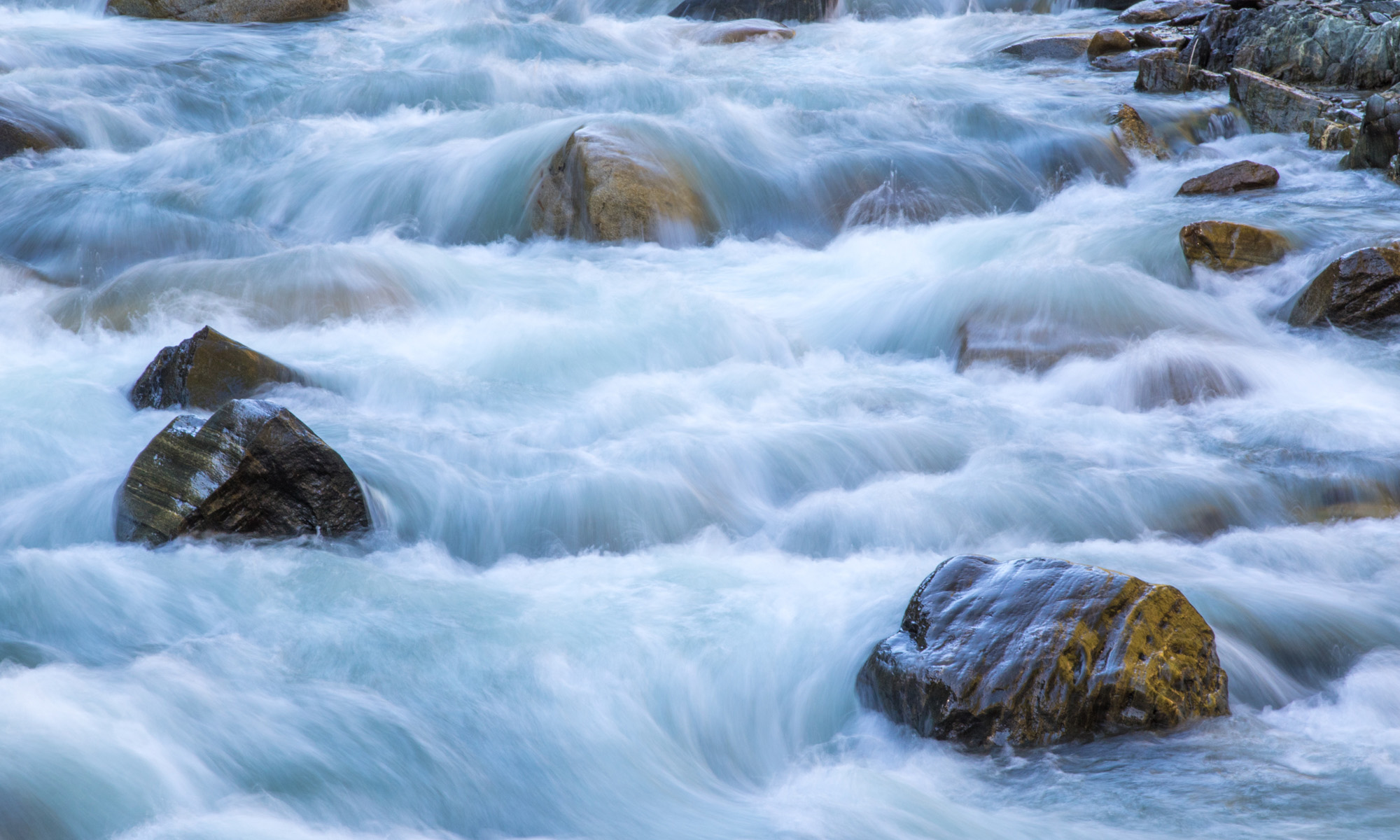Today’s Question: I like applying a split toning effect to some of my black and white photos. I generally use the Camera Raw Filter to apply the effect, but that only enables two colors to be chosen. Is it possible to create a similar effect with more than just two colors?
Tim’s Quick Answer: You can create an effect similar to split toning but with multiple colors by using a Gradient Map adjustment layer in Photoshop.
More Detail: The Gradient Map adjustment layer in Photoshop enables you to define a gradient that can then be used to map color values in the gradient based on tonal values in the photo.
The first step is to add a Gradient Map adjustment layer to the image. So, select the top layer on the Layers panel, and then click the Add Adjustment Layer button (the half-black/half-white circle icon) and choose Gradient Map from the popup. On the Properties panel select the black-to-white gradient as a starting point.
Next, click within the gradient shown on the popup in the Properties panel to bring up the Gradient Editor dialog. To add a color as a gradient stop, click directly below the preview gradient. Then select a color for that gradient stop, and drag the stop left or right as needed to refine the gradient.
You can continue adding multiple colors, which will be based on tonal ranges within the image. So, the darkest values will be on the left of the gradient, and the brightest values on the right. Be sure to select a color with the desired tonal value, in addition to the overall hue and saturation.
Once you have finalized the gradient, you may want to save it as a preset for future use. To do so, simply click the “New” button in the Gradient Editor dialog. The preset will then be available to use as the starting point for other images. When you’re finished working on the gradient map, you can click the OK button to close the Gradient Editor dialog, and continue working on your image.

